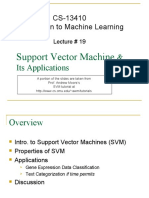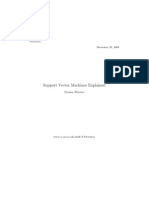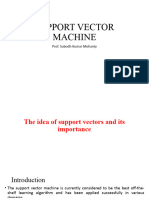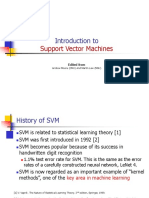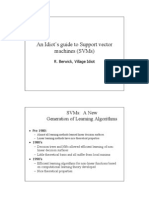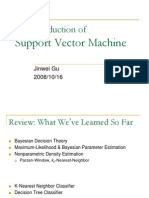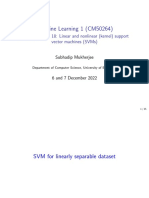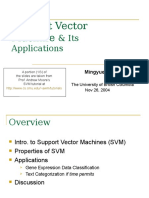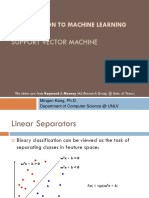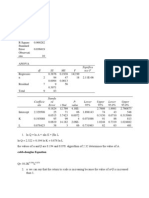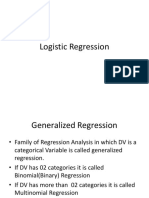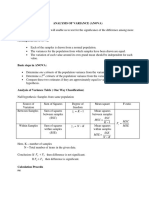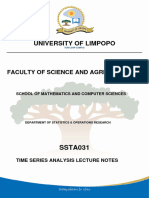0% found this document useful (0 votes)
54 views28 pagesLecture: Classification With Support Vector Machines: CS 2XX: Mathematics For AI and ML
Uploaded by
katariyam071Copyright
© © All Rights Reserved
We take content rights seriously. If you suspect this is your content, claim it here.
Available Formats
Download as PDF, TXT or read online on Scribd
0% found this document useful (0 votes)
54 views28 pagesLecture: Classification With Support Vector Machines: CS 2XX: Mathematics For AI and ML
Uploaded by
katariyam071Copyright
© © All Rights Reserved
We take content rights seriously. If you suspect this is your content, claim it here.
Available Formats
Download as PDF, TXT or read online on Scribd
/ 28




